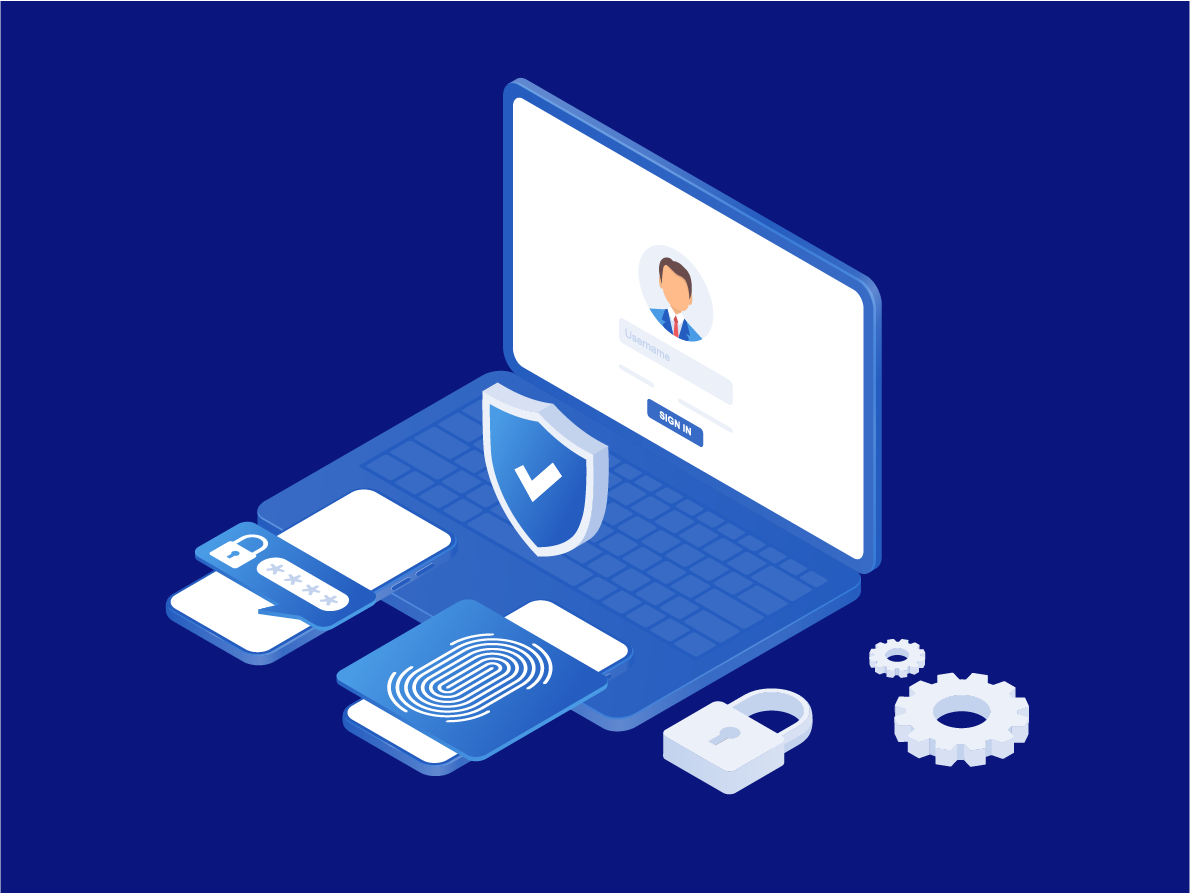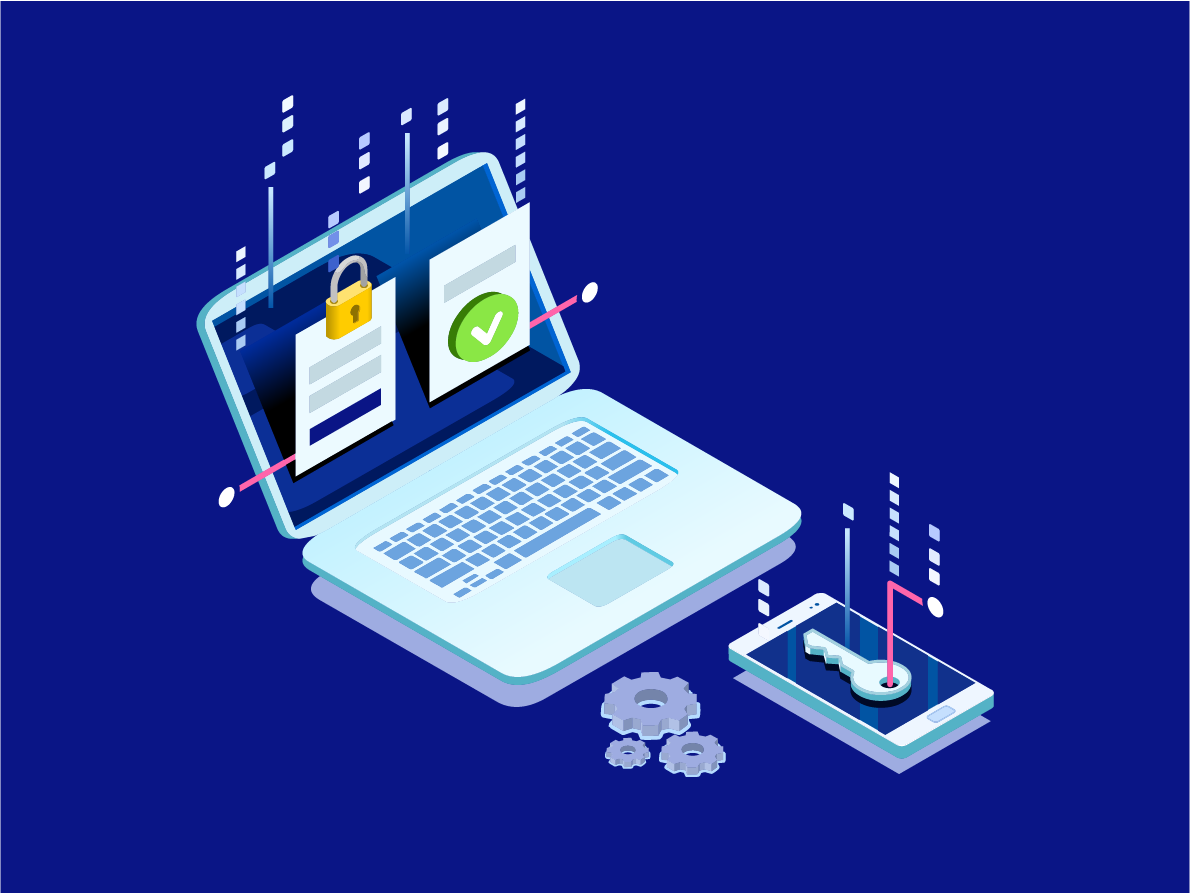
The intersection between technology and healthcare, commonly called digital healthcare or digital health, has accelerated in the past few years. Healthcare companies have had to pivot, arguably faster than predicted, towards providing digital healthcare in the form of electronic medical records, mobile health apps, electronic health recorders, wearable health technology, telemedicine and telehealth.
While using information and communication technology (ICT) in healthcare is not a new concept, the current medical climate has led to an evolution and the growing importance of digital health systems, platforms and technology. Healthcare providers are now able to have a more holistic view of their patients while providing them the guidance and information to make their own health decisions when necessary.
The pressure healthcare providers are under, due to the pandemic and regulatory requirements, has led to a prioritization of scale and speed over security; with so much personal information flowing back and forth, the importance of protecting this information with strong authentication is more important than ever.
The state of the healthcare industry
The healthcare market in the US alone is gargantuan; national health spending is expected to cross $5.5 trillion by 2026. Despite the sheer size of the market, only 7% of pharmaceutical and healthcare companies have gone digital, as opposed to 15% of companies in other industries.
Consumers, too, have become accustomed to having everything available in the palm of their hand; over 50% of healthcare patients research medical providers before selecting a hospital, and over 80% of patients have expressed dissatisfaction with their healthcare experiences.
As digital healthcare providers start opening the Digital Front Door (DFD) and gain a deeper understanding of their patients' experiences, the question of securing patient data comes up.
Understanding patients’ experiences
More and more patients are demanding DIY healthcare; they are looking to take greater ownership and control over their own health information and data, along with seamless experiences and the ability to perform basic functions such as looking up doctors and paying their bills through their devices.
Looking at seamless experiences, having patients enter (and remember) yet another username and password combination and requiring them to enter this combination, sometimes when they are in immediate need of a teleconsultation, is friction. More often than not, HIPAA compliance, regulatory compliance, data privacy and cybersecurity trump patient user experiences, which has affected how healthcare organizations offer patients personalized services and experiences.
One aspect of the problem is reliance on legacy identity solutions and existing identity providers (IdPs). Their shortcomings, such as lack of flexibility around integration, limited robust security functionalities and so on, hinder the ability of healthcare providers to integrate with more robust identity tools and platforms.
The importance of securing patient data
Offering patients an integrated experience means healthcare providers are responsible for tons of personal data. According to Capital Markets, currently 30% of global data volume is generated by the healthcare industry. The annual growth rate for healthcare data is expected to reach 36% by 2025. The sheer volume of data, and the personal nature of it, is attractive to bad actors.
According to a recent report by IBM and the Ponemon Institute:
- The healthcare industry tops the average for data breaches across industries, sitting at $9.23 million, an increase of $2 million from 2020.
- 44% of beaches exposed personal customer data, including healthcare information, names, emails and passwords.
- It took an average of 212 days to detect a data breach, and 75 days from then to contain the detected breach - 287 days in total!
The healthcare cybersecurity market is expected to cross $24 billion by 2026, already valued at $9.52 billion last year. Healthcare providers looking to enhance patient experiences must ensure they are HIPAA compliant and GDPR compliant, and even meet new requirements such as in the 21st Century Cures Act (Cures Act).
This might seem daunting to healthcare providers, but the right identity verification solution can help them set up a strong security and privacy solution that enhances patient experiences.
The right digital identity verification solution for healthcare providers
Why an identity solution?
**For the patient: **An identity solution gives them a single access point to all services and platforms they interact with on their user experience journey. A digital identity solution gives them one set of strong credentials that allows them to seamlessly interact across channels. Their profile information is available, protected by strong, regulatory-compliant authentication, providing patients with a very low-friction journey, from onboarding to regular interactions.
**For the healthcare provider: **Personal health information and data is best protected using a risk-based authentication and strong identity solution. It helps recognize a user’s identity and demographic data to give them a frictionless experience, while giving backend visibility to security teams. This kind of robust security also helps reduce the manpower and hours spent on attending help desk calls, freeing up team members to work on value-driving projects and building trust and loyalty with their patients.
LoginID is a biometric authentication and identity solution that supports healthcare providers empowering their patients with a secure and frictionless customer experience. LoginID’s solutions may assist covered entities and business associates in complying with HIPAA and similar regulations. Get started by getting in touch with our experts today at sales@loginid.io. Alternatively, you can register a free account to get immediate access to LoginID’s authentication solution.


